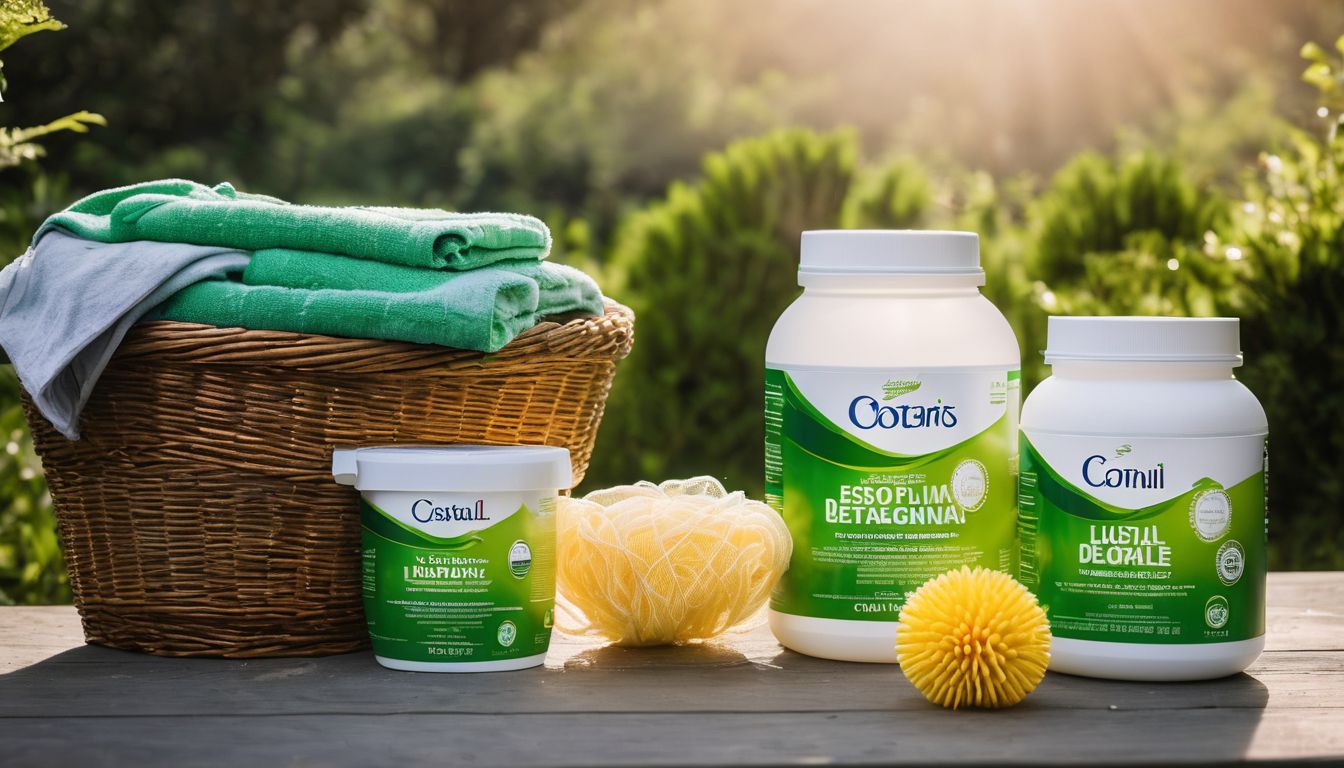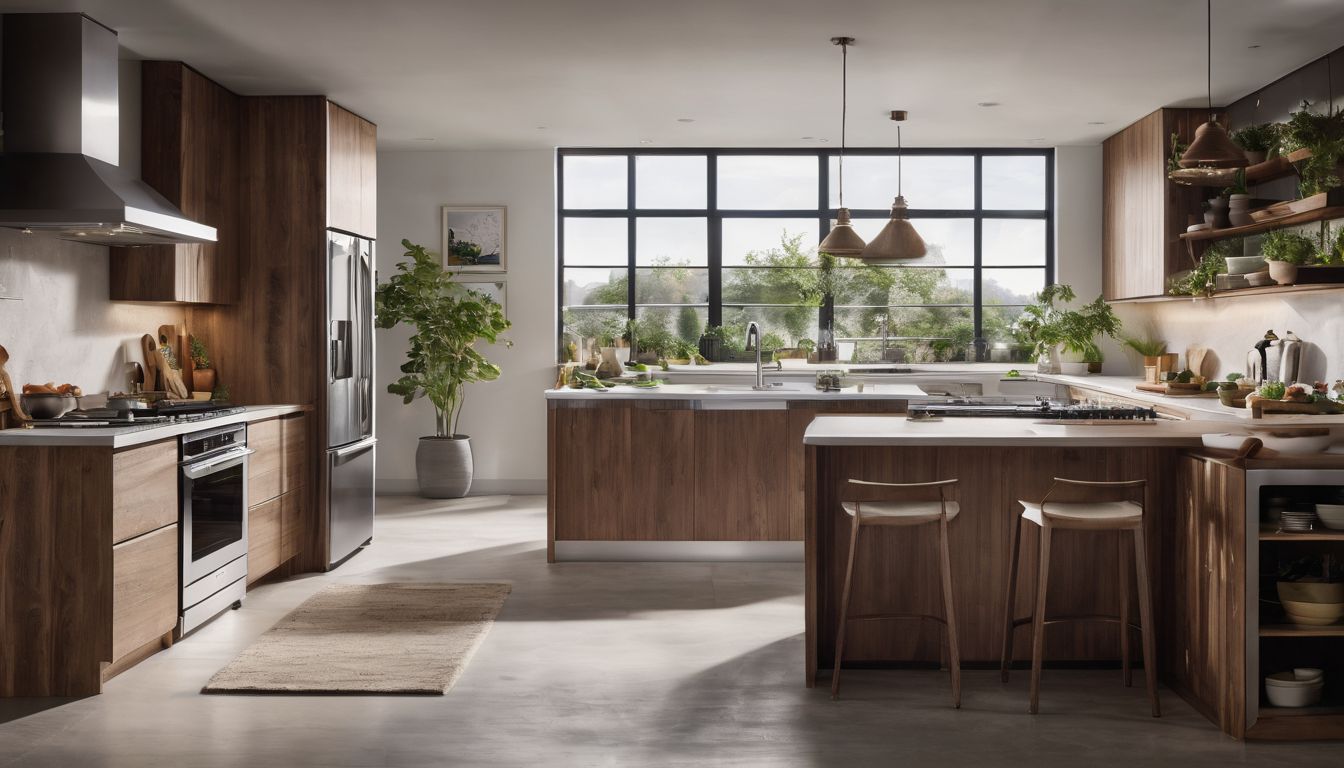You may not have heard of them before, but tankless water heaters are the most common type of water heater in Europe and Asia.1 By contrast, in the US, the most common type of water heater is the storage tank water heater.2 Although they are still quite rare, tankless water heaters are slowly gaining popularity in the US. Why? It’s because more and more people are realizing just how many benefits there are:
 3
3
BENEFITS to the environment: Storage tank water heaters waste a lot of energy, since they are constantly keeping a tank of water warm, whether or not you use it.4 On the other hand, a tankless water heater heats your water on demand. You’ll be saving a lot of energy, which means lower carbon emissions and lowering the use of fossil fuels, the most common source of generating electricity.5
BENEFITS to your wallet: Energy savings also means paying lower gas and electricity bills. While at first the tankless water heater will be more expensive to buy, the savings add up significantly over time. The U.S. Department of Energy estimates that this can save you around 24% to 34% on your energy bills.6 As an extra bonus, buying an Energy Star certified tankless water heater will qualify you to claim a $300 federal tax credit for energy efficiency.7
BENEFITS for your comfort: If you’ve ever had a shower run out of hot water, or waited endlessly for your shower to create more hot water, your water heater tank has gone empty. By this point, you will have to wait for the tank to refill and reheat that water again before you can enjoy more hot water. With a tankless water heater, you never have to worry about using too much hot water at the same time, since it will heat whatever water you need to use on the spot.8 Also, if improperly maintained, storage tank heaters can actually explode, scalding anyone near it with hot water. While such incidents are rare, not having to worry about it helps preserve your peace of mind.9
Cost: High Most tankless water heaters are expensive, ranging from hundreds10 to thousands of dollars,11 depending on the type of system. Plus, the range of water heaters is so diverse that you will probably need to hire a contractor to install the system. On the other hand, tankless water heaters last much longer. Most tankless water heaters have a life expectancy of more than 20 years, while most storage water heaters only have a life expectancy of about 10-15 years.12 Plus, you’ll be saving a lot of money on your electricity and gas bills. Although the tankless water heater will cost a lot at first, the savings will eventually recover more than the initial costs.13
 14
14
Time and Effort: Medium In order to determine which kind of water heater you want installed, you’ll have to do a few measurements and calculations around the house. Also, since most people choose to hire a contractor, all you need to do is pick out the type and size of the water heater that you want installed, and the contractor will do the rest.
Instructions:
- Decide which type of tankless water heater to use: There are two types of tankless water heaters. The first type, called point-of-use, heats water only for one specific purpose. A water heater under a sink, for example, can dispense very hot water instantly. They are relatively inexpensive, and can be installed under the sink. 15 The second type, for the whole house, provides instant water heating for the whole house, and can act as a replacement for your storage tank water heater. Because they can handle a higher volume of water, they are generally larger and significantly more expensive.16 If you have one faucet or shower with the majority of the flow, then you might consider having both types in your house.
- Determine the flow rate of the water: The flow rate of your house will determine the size of the water heater that you’ll need. The flow rate of the water is the speed that the water flows into your house. The faster the flow rate, the larger the heater has to be, so it can heat the water quickly enough.17 You can find the flow rate by adding up all the flow rates. There are two ways to determine the flow rate:
- Estimate the flow rate: If you happen to know exactly when and what kind faucets and showerheads you have around the house, it should be relatively easy just to estimate the flow rate. Low flow faucets and showerheads have a lower flow rate, while older faucets have a very high flow rate. Because of a 1992 law, which required a lower flow rate, faucets and showerheads manufactured after 1992 should be 2.2 gallons per minute (GPM).18 Go through the chart of approximated flow rates of each of the water fixtures, and then add up the flow rates of all the faucets and showerheads in your house. For example, if you had a low flow bathroom faucet and post-1992 showerhead, then you could add them together, 1.0-2.0 plus 2.2, which would give a house total of between 3.2 and 4.2.
Low Flow (GPM)Meets 1992 standard (GPM)Pre-1992 (GPM)Bathroom Faucet0.5-1.52.23.0-5.0Kitchen Faucet——-2.23.0-7.0Shower head1.0-2.02.24.0-8.0 - Test the flow rate yourself: Determining the flow rate by hand requires only a measuring cup and a container to catch the water. If the flow rate is slow enough, you can even use the measuring cup to catch the water directly.
- Turn on the faucet or shower.
- Put a container underneath the faucet or showerhead for 10 seconds to collect the water.
- Pour the amount of water into a measuring cup.
- Convert the number of cups into the number of gallons using this ratio: 16 cups = 1 gallon.
- The number you have is now the amount of gallons that flow per 10 seconds. Multiply this number by 6 to get the flow rate in terms of gallons per minute.19
- Add up the flow rates of all the faucets and showers in the house that might be on at one time. This will be the total flow rate. Keep this number in mind, since you will need it when determining what size your heating unit should be.
- Estimate the flow rate: If you happen to know exactly when and what kind faucets and showerheads you have around the house, it should be relatively easy just to estimate the flow rate. Low flow faucets and showerheads have a lower flow rate, while older faucets have a very high flow rate. Because of a 1992 law, which required a lower flow rate, faucets and showerheads manufactured after 1992 should be 2.2 gallons per minute (GPM).18 Go through the chart of approximated flow rates of each of the water fixtures, and then add up the flow rates of all the faucets and showerheads in your house. For example, if you had a low flow bathroom faucet and post-1992 showerhead, then you could add them together, 1.0-2.0 plus 2.2, which would give a house total of between 3.2 and 4.2.
- Determine the temperature of the water entering the unit: You’ll need to know the temperature of the groundwater in your area, so you know how much energy the water heater will need to use. If you live in the US, you can use an online map at http://www.noritz.com/generaldocs/US_ground_temperature.pdf.
- Determine the desired temperature of the hot water: Once you determine how hot you want it, calculate the difference between that and the temperature of the water entering the unit. Keep in mind this temperature rise when looking for heating units, since a higher temperature rise requires a bigger unit.
- Suggested manufacturers: Here are a few companies that sell tankless water heaters.
- Stiebel Eltron USA
- Rheem Manufacturing
- Sets Systems, Inc.
- Eemax, Inc.
- Noritz America Corp.
- Takagi Industrial Co.
- Bosch USA
- Bradford White Corp.
- Paloma Industries
- Chronomite Laboratories Inc. 20
- Hiring a contractor: Hiring a contractor is relatively easy. Here are a few tips. Firstly, ask for a cost estimate in writing, so you can refer back to it if they demand more later. Secondly, ask for some references and check the local Better Business Bureau so you know if they are reliable. Thirdly, ask them whether they understand local building codes and if they will get a local permit. Sometimes, cities and towns have specific rules on how to install water heaters, and you don’t want to get cited because your new heater is in violation of a local code.21 Fourthly, make sure that the contractor you choose has been certified by the manufacturer. This will make sure that they are familiar with the specific water heater that you have chosen. 22
- Installing it yourself: If you want to install it yourself, you should contact the manufacturer and get the necessary instructions from them. Different water heaters can require very different methods of installation, so make sure you get the right instruction manual. Also, research any local building codes and whether you need a permit to install the water heater.23




